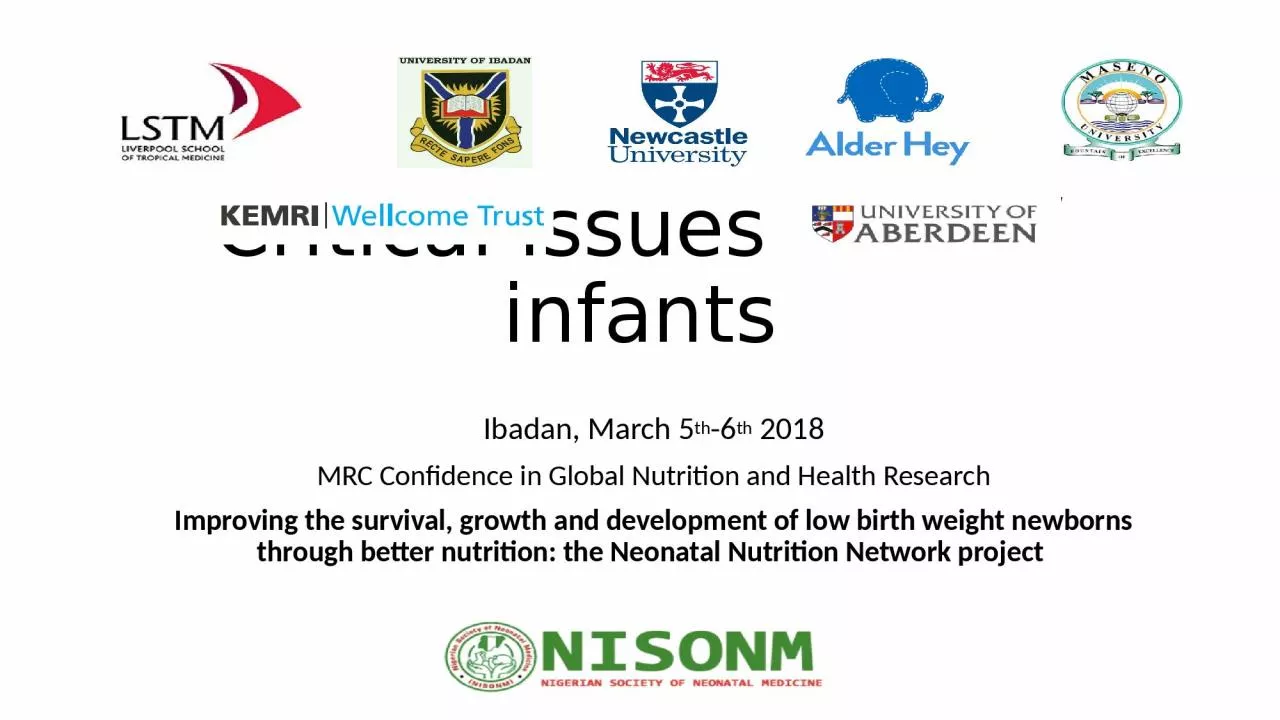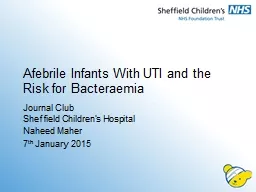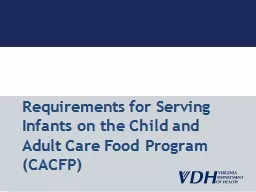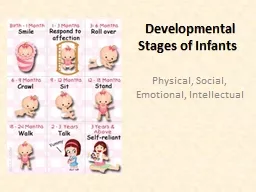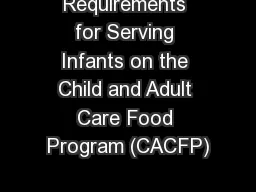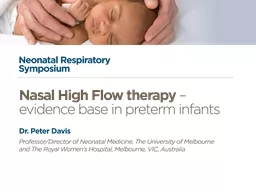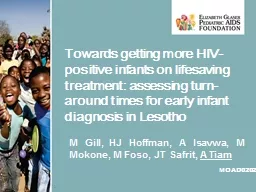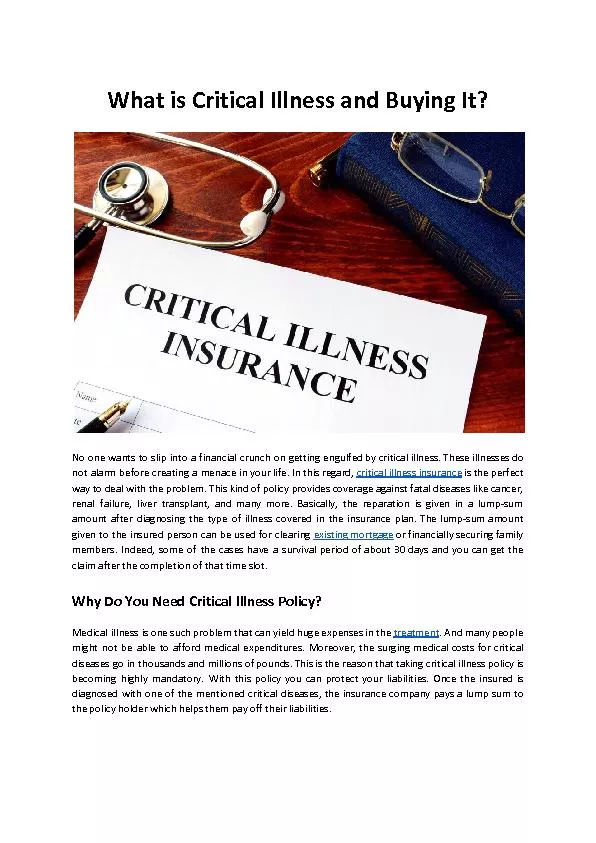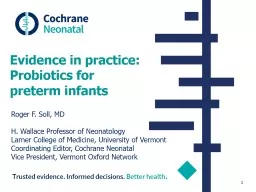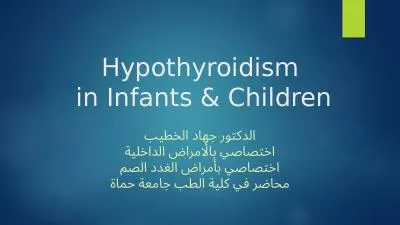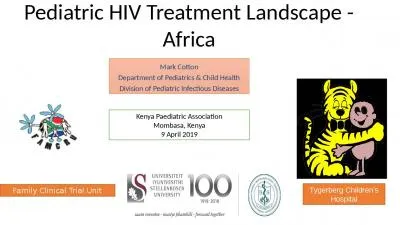PPT-Critical issues in LBW infants
Author : KingOfTheWorld | Published Date : 2022-07-28
Ibadan March 5 th 6 th 2018 MRC Confidence in Global Nutrition and Health Research Improving the survival growth and development of low birth weight newborns through
Presentation Embed Code
Download Presentation
Download Presentation The PPT/PDF document "Critical issues in LBW infants" is the property of its rightful owner. Permission is granted to download and print the materials on this website for personal, non-commercial use only, and to display it on your personal computer provided you do not modify the materials and that you retain all copyright notices contained in the materials. By downloading content from our website, you accept the terms of this agreement.
Critical issues in LBW infants: Transcript
Download Rules Of Document
"Critical issues in LBW infants"The content belongs to its owner. You may download and print it for personal use, without modification, and keep all copyright notices. By downloading, you agree to these terms.
Related Documents

